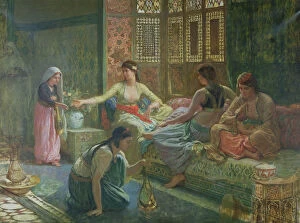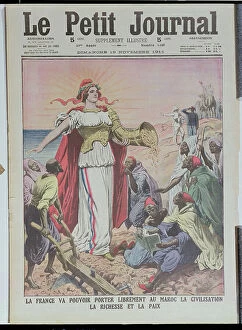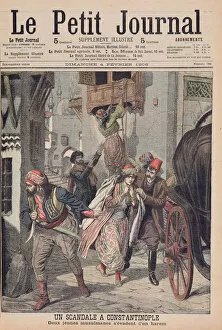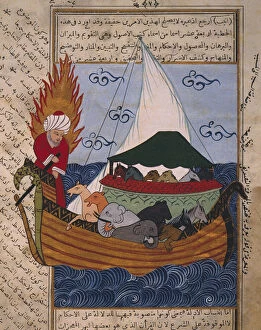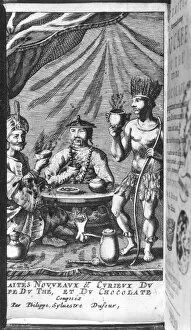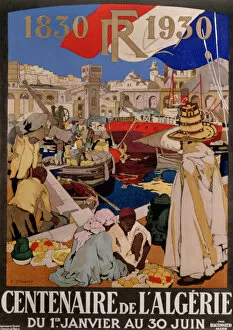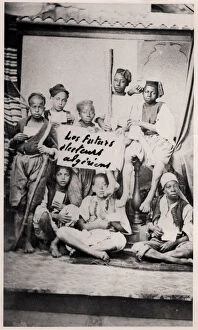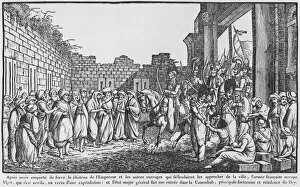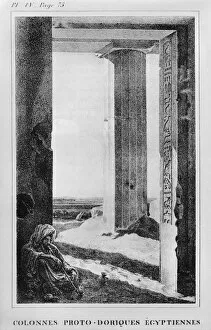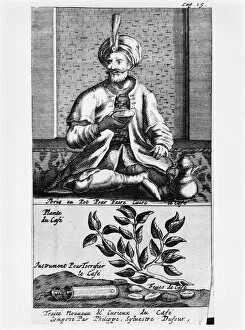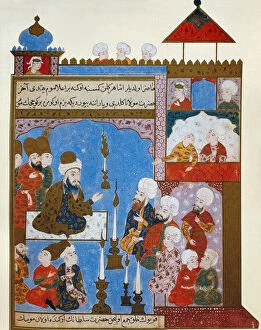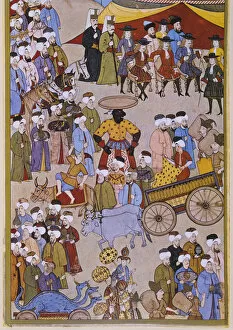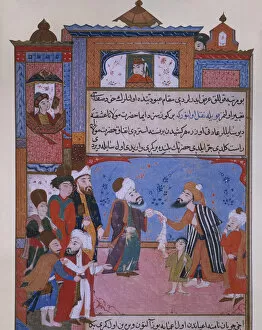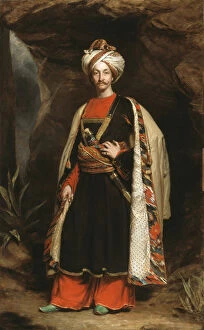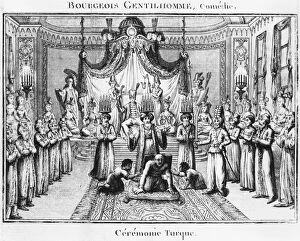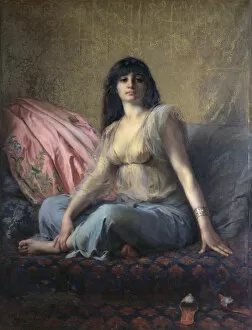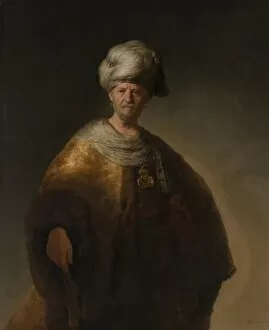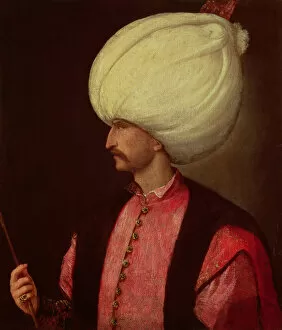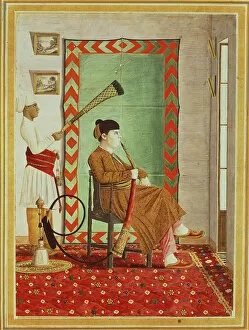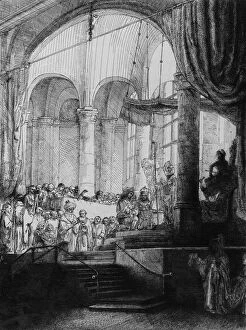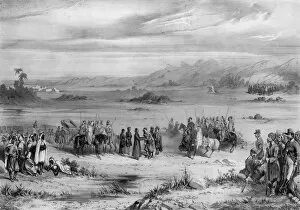Oriental Costume Collection
"Exploring the Exotic: A Glimpse into Oriental Costumes through History" Step back in time and immerse yourself in the captivating world of oriental costumes
For sale as Licensed Images
Choose your image, Select your licence and Download the media
"Exploring the Exotic: A Glimpse into Oriental Costumes through History" Step back in time and immerse yourself in the captivating world of oriental costumes. From the dramatic lithographs of The Mercy Fathers ransoming captives in Algeria during the 19th century to France's depiction as a harbinger of civilization, wealth, and peace in Morocco, these artworks offer a window into an era where cultural exchange was both celebrated and romanticized. Delve into Mrs Lane's lithograph, which transports us to an enchanting scene filled with vibrant colors and intricate details. Witness English beauties being auctioned off in the East Indies, as depicted by W. Holland's hand-colored etching with aquatint from 1786. This artwork reveals not only the allure but also the darker aspects of colonialism that were prevalent during this period. Journey to Algiers through a monochromatic lithograph capturing a bustling slave bazaar circa 1820. Here we are confronted with uncomfortable truths about human trafficking while simultaneously appreciating its historical significance. Le Petit Journal takes us further eastward to Constantinople, where scandal unfolds as two young Muslim ladies escape from their harem. The colored engraving vividly portrays their daring pursuit of freedom against societal constraints. Marvel at vellum depictions such as Noah's Ark paying homage to Rumi or witness a bull honoring this revered figure during the late 16th century – testaments to artistry transcending borders and cultures. Intriguingly different is an oil painting showcasing a woman dressed impeccably in Japanese attire from 1883; it serves as evidence of cross-cultural fascination between East and West during this period. Traite Nouveau et Curieux du Cafe offers insight into coffee culture through detailed illustrations that transport us straight into bustling cafes teeming with conversation and camaraderie. Meanwhile, an Egyptian man smoking his hookah on an oil panel painting invites us to experience the aromatic allure of this ancient tradition.

